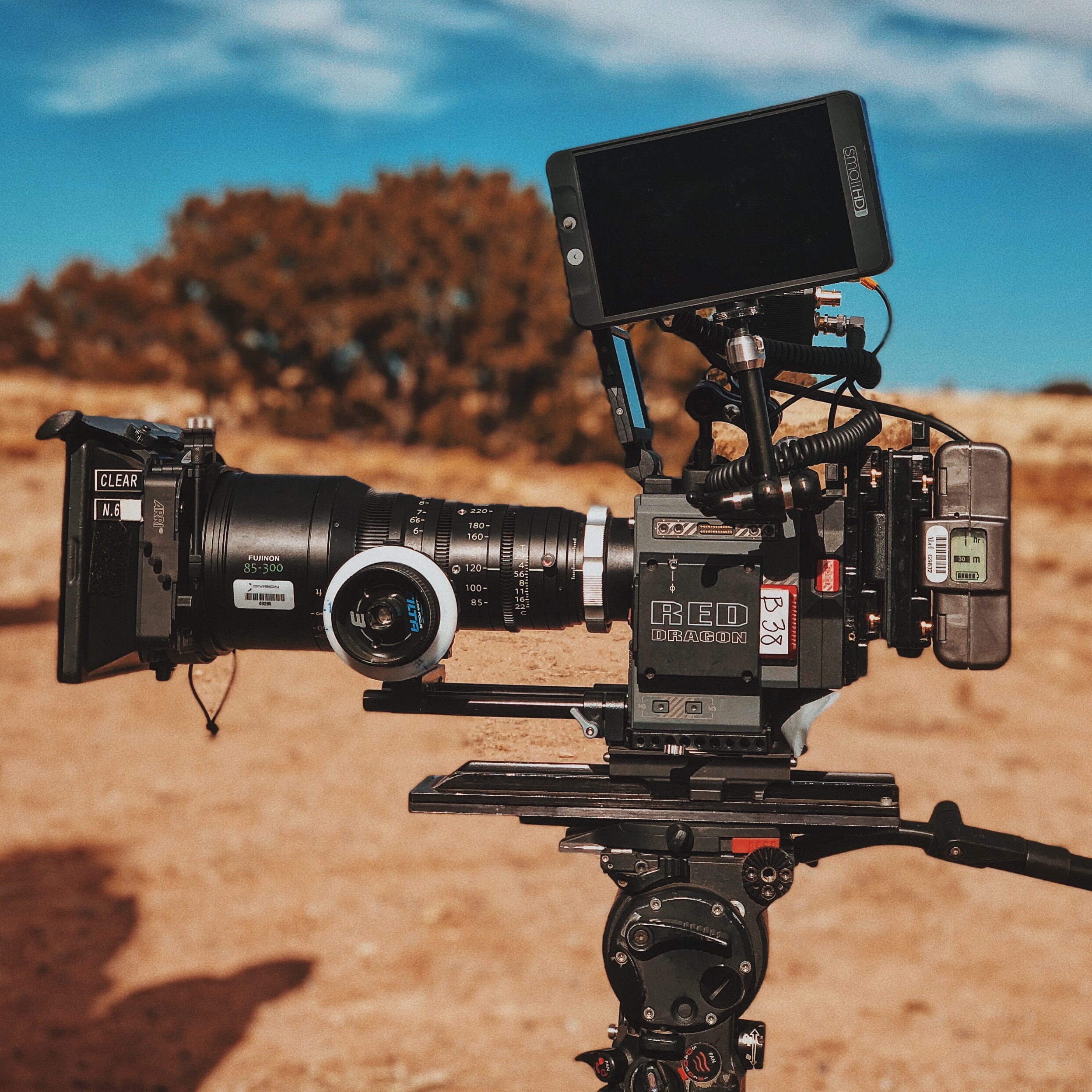by Nick
I’ve enjoyed having an all-access pass to the Masterclass website for a couple years now. There are courses on all kinds of topics from some of the foremost experts in the world. Frank Gehry on architecture. Wolfgang Puck on cooking. Hans Zimmer on film composing. Great stuff.
One of the classes is by author Joyce Carol Oates. I haven’t watched all of her class, but one of my favorite things she says is actually in the trailer for her class, which you can watch below:
Right at the beginning she says something I thought was profound:
“The great enemy of writing isn’t your own lack of talent, it’s being interrupted by other people.
“Constant interruptions are the destruction of the imagination.”
If that’s true then it’s no wonder I struggle to feel creative or to come up with what I think are good creative ideas.
COVID has me working from my house, feet and sometimes inches away from my wife and two young kids.
But even if that weren’t the case, we have these smooth little rectangles in our pockets now that are the world’s greatest interruption engines.
They constantly demand more and more of our attention, if we let them. And I’ve tended to let them.
It’s nice that if I’m somewhere boring, like a doctor’s waiting room, and have my phone with me, I can keep myself occupied with something I’m actually interested in instead of six-month-old magazines.
But it also means that I’m never alone with my thoughts anymore. There’s always one more tweet, one more Insta-story, one more email.
And more often than not, it’s not that I got interrupted…it’s that I sought out those interruptions myself. I never even gave myself a chance to do anything else.
I’ve been wasting a ton of time staring into the abyss of my phone. More and more time each year it seems.
I don’t think phones are inherently bad. But I want to control when I let it distract me, rather than letting it control me.
So, my plan for this year is to try to spend more time in my imagination,…less time succumbing to interruption of my own creation…and see what happens.








